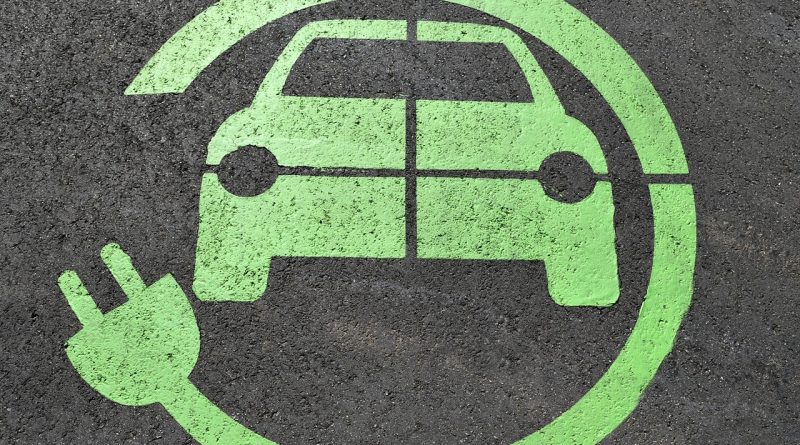The Dark Side of Green: Drawbacks of Purchasing Environmental Friendly Vehicles
There’s no denying the latest growing automotive trend of “green” vehicles (hybrid, electric, battery, or other alternative fuel). From the Federal Government to your next door neighbor, odds are that you know of at least one person who owns a “green” vehicle. With substantial incentives from automakers and the government, it’s no wonder “green” vehicles are becoming such a popular commodity.
There are a host of advantages to owning a “green” vehicle. They help reduce emissions in the atmosphere as well as reducing air pollutants by using alternative low/no emissions emitting “engines”. They play a significant role in breaking free from foreign oil dependence by using a combination of or no fossil fuels for power. Also, “green” vehicles get great gas mileage and more recently, haven’t been looking too bad on the showroom floor.
So what’s not to like about “green” vehicles? Just like any new product that is released to the public, inherently, some contingencies will likely arise. “Green” vehicle makers in fact have already received a plethora of complaints concerning the operation of their “green” vehicles. Ranging from personal to governmental complaints, automakers have their hands full dealing with several issues as their newest models of “green” vehicles are being designed and released to the public.
Similar to many trends that gain popularity, discrepancies generally arise between what people have heard and the actual truth. Yet as rumors concerning the issues with “green” vehicles continue to spread, the public opinion still appears favorable. Although sales continue to rise, currently “green” vehicles account for only about.6% of all passenger vehicles registered in the U.S.
So why are so many people still waiting to purchase their first “green” vehicle?
First, one of the major obstacles preventing the general public from jumping head first into purchasing their own “green” vehicle is the price barrier. The average upfront cost of purchasing a “green” vehicle is approximately $3,000 to $7,000 more than a comparable gasoline vehicle. Though some state government incentives can aid in offsetting the additional cost, not all do and many consumers are simply afraid to spend that amount of money upfront.
To offset the high purchasing price of “green” vehicles, their alternative fueling sources are in effect much less expensive. Time is money to many Americans. Many consumers feel that fueling could become more of a nuisance than a convenience actually negating the offset in fueling costs.
Many of the “green” vehicles use specialized alternative fueling stations, which are currently few and far between. Home charging stations are becoming more readily available for Electric Vehicles, but they are still slow to charge and also have a high upfront cost.
Beyond cost, many consumers fear a huge degradation in performance when switching from a full-gasoline engine to a “green” vehicle. Many electric vehicles are being designed for city use limiting their range to around 100 miles. Other types of “green” vehicles get amazing gas mileage and distance, but their acceleration and top speeds lack considerably, although with technologies aid, this is becoming less and less of an issue.
Lastly, an issue that has more recently gained momentum with help from the Federal Government, concerns the vehicles audible operating sound; or its lack there of. Replacing or downsizing and combining gasoline engines with electric engines has lead to a severe reduction in operating noise. Initially this may have appeared to be a benefit, but for pedestrians and bicyclists alike, the silence inherently births rise to danger.
A recent study released by The National Highway Traffic Safety Administration stated that “green” vehicles have a significantly higher risk of accidents involving pedestrians or cyclists, especially when traveling at low speeds in urban areas. This is ironic due to the fact that a slow-paced crowded atmosphere (such as the urban city) is the ideal situation some “green” vehicles have been specifically designed around. This sort of Catch 22 has spurred legislation that could intrinsically give the U.S. Department of Transportation considerable oversight of automotive safety and recall issues.
Although there are still numerous barriers for a majority of the population to enter the “green” vehicle market, as “green” vehicles continue to grow in popularity, these barriers will begin to dwindle. With the backing of the Federal Government, practically every major automaker, and “green” advocates alike, all signs point towards the inevitable future where the face of the auto industry is transforming into a greener tomorrow.


